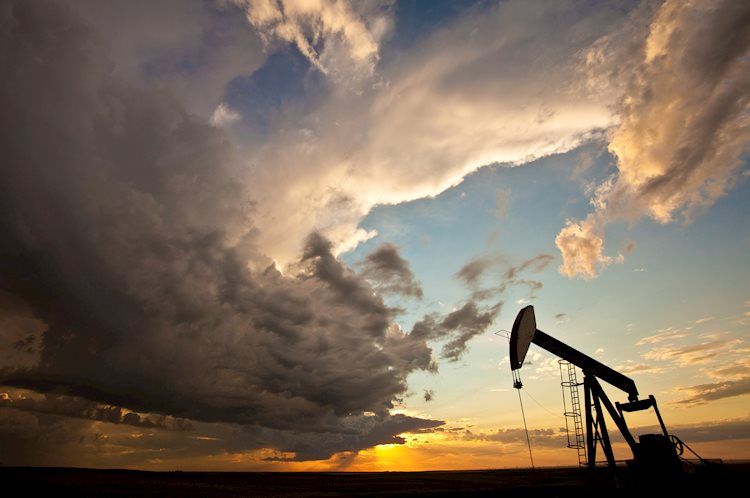Crude Oil prices, specifically West Texas Intermediate (WTI), saw an increase recently, reaching around $78.30 per barrel in the Asian market. This rise in prices was largely due to concerns over potential supply disruptions caused by Canadian wildfires. The American Petroleum Institute (API) released its Weekly Statistical Bulletin, showing a significant decrease of 3.104 million barrels in crude Oil stock, surpassing the expected decline of 1.35 million barrels. This drop in stock levels helped to offset a previous week’s gain.
The wildfires in western Canada, particularly near Fort McMurray, a key area for the country’s Oil sands industry, has raised worries about the impact on Oil production. The region contributes approximately 3.3 million barrels per day, making up a large portion of Canada’s overall output. These concerns have added to the upward pressure on Oil prices.
On the other hand, Oil prices faced downward pressure due to higher-than-expected US producer prices in April. This sparked concerns about the Federal Reserve potentially keeping interest rates elevated for a longer period, which could impact economic activities in the US, a major Oil consumer. The Producer Price Index (PPI) increased by 0.5% month-over-month, exceeding forecasts and bouncing back from previous contractions. The Core PPI, excluding volatile food and energy prices, also rose above expectations.
Despite concerns over excess production by OPEC+ members, the organization maintained an optimistic outlook on global Oil demand. Member nations exceeded their production limit by 568,000 barrels per day, but OPEC forecasts an increase of 2.25 million barrels per day in global demand by 2024 and 1.85 million barrels per day by 2025. This positive outlook has helped support Oil prices despite fluctuations in supply and concerns about economic conditions.
Overall, the recent movements in Oil prices have been influenced by a combination of factors, including supply disruptions from Canadian wildfires, higher US producer prices, and OPEC’s production levels. The market remains dynamic and responsive to changing conditions, with prices reflecting a balance between supply and demand expectations. Investors and consumers alike will continue to monitor these factors to gauge the future direction of Oil prices.











